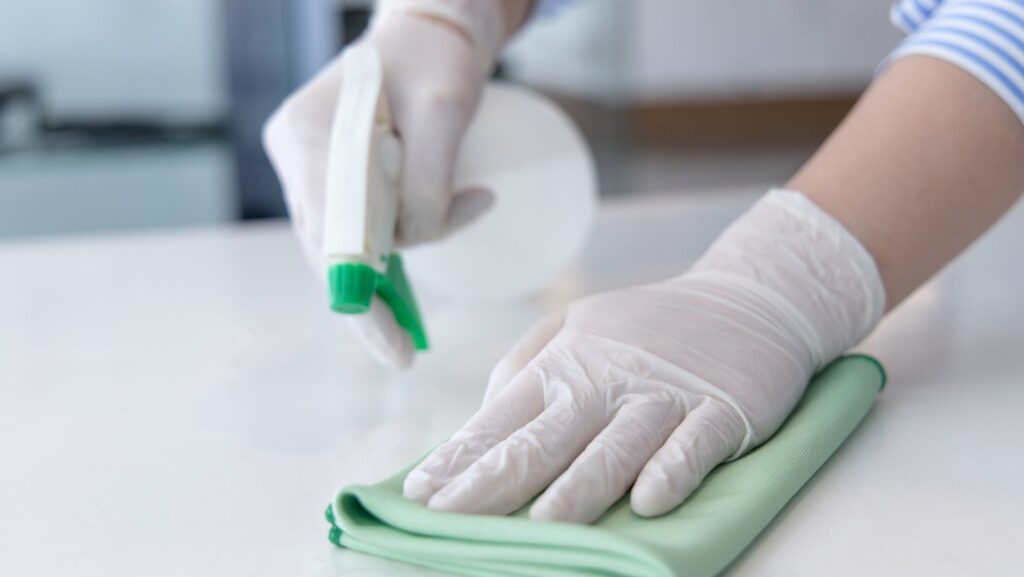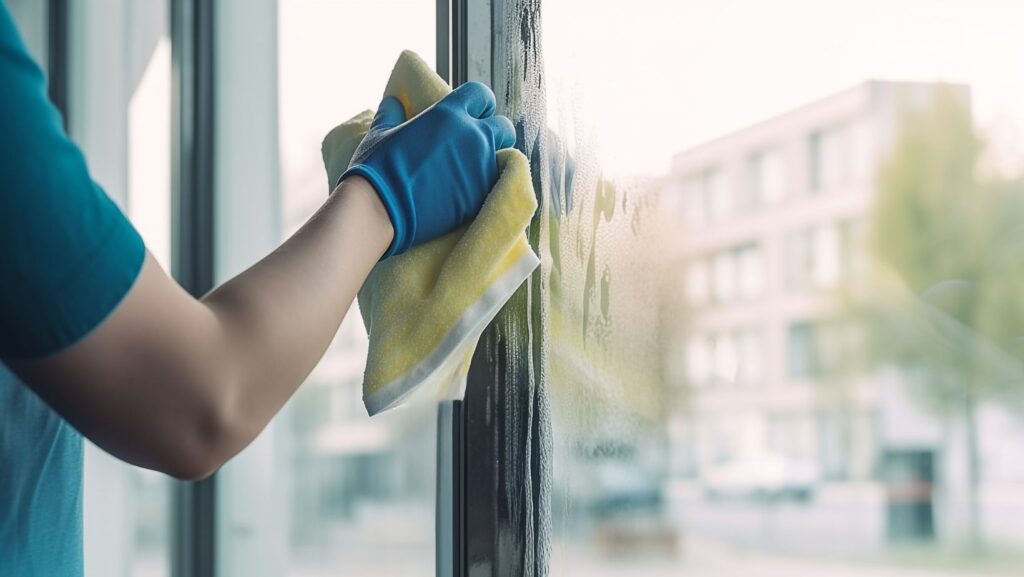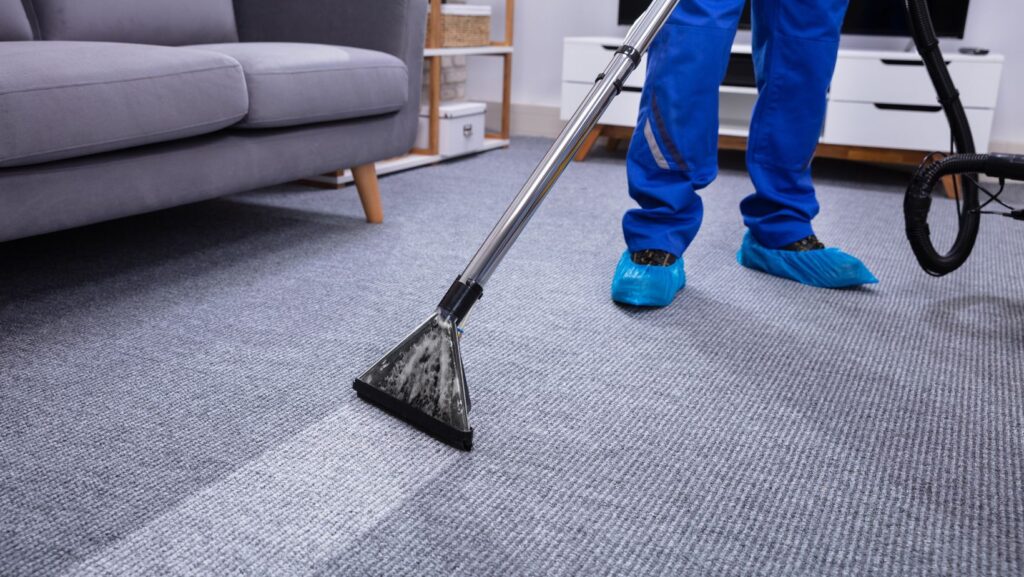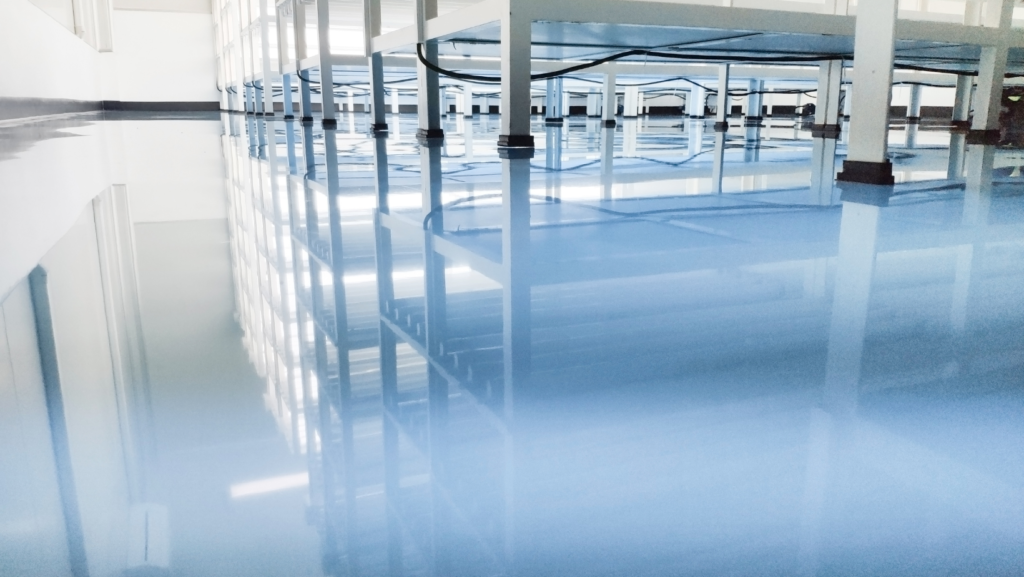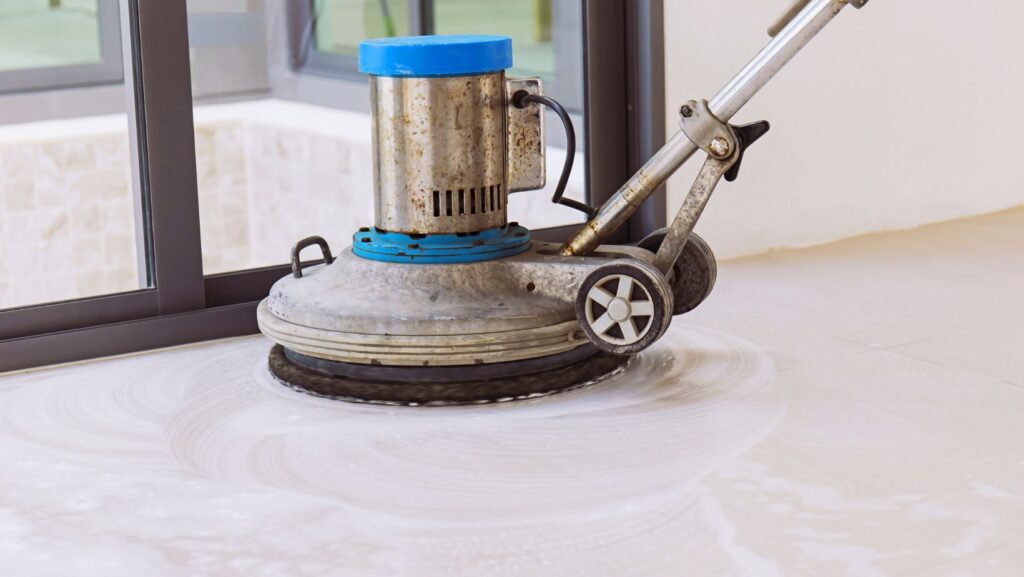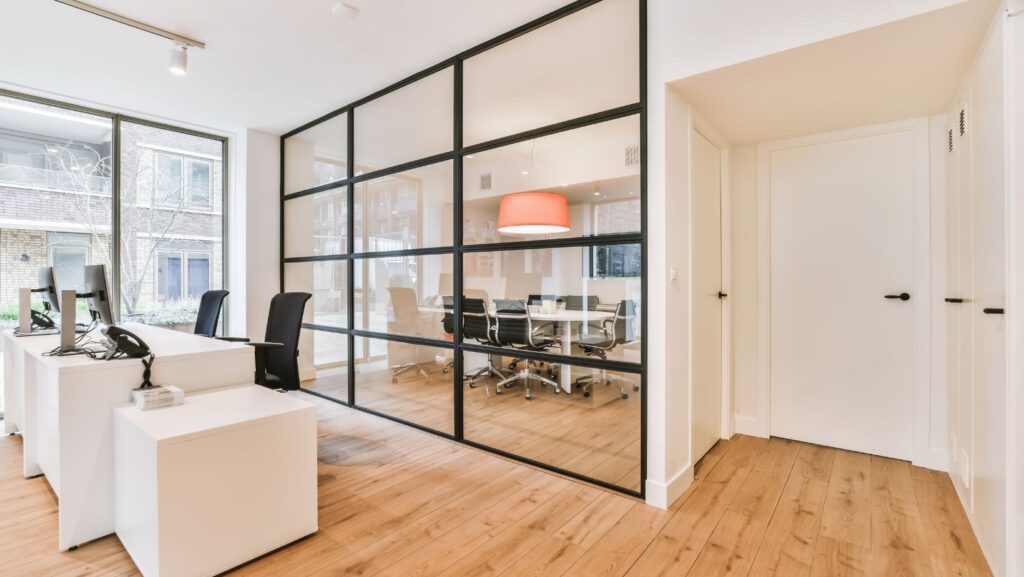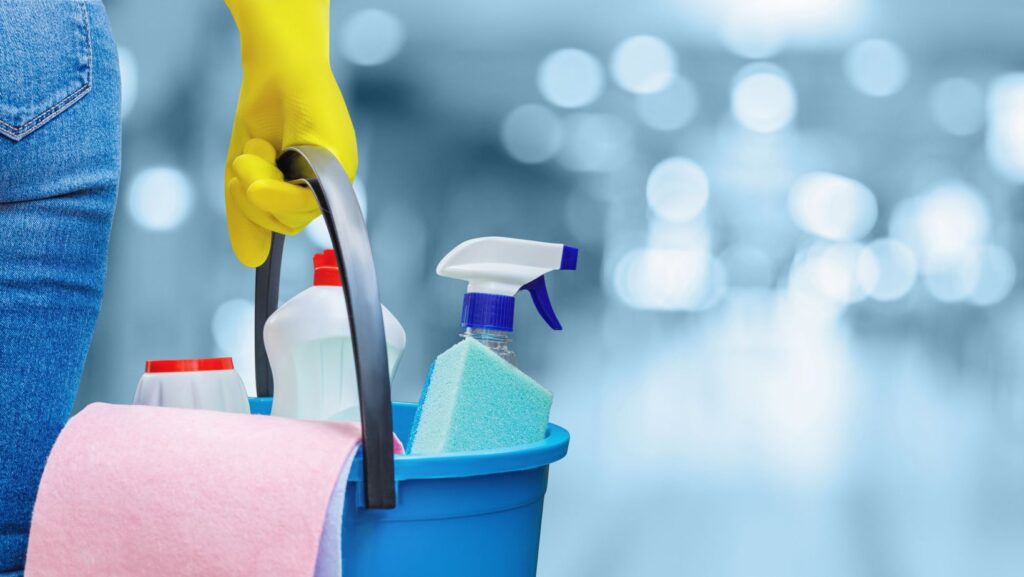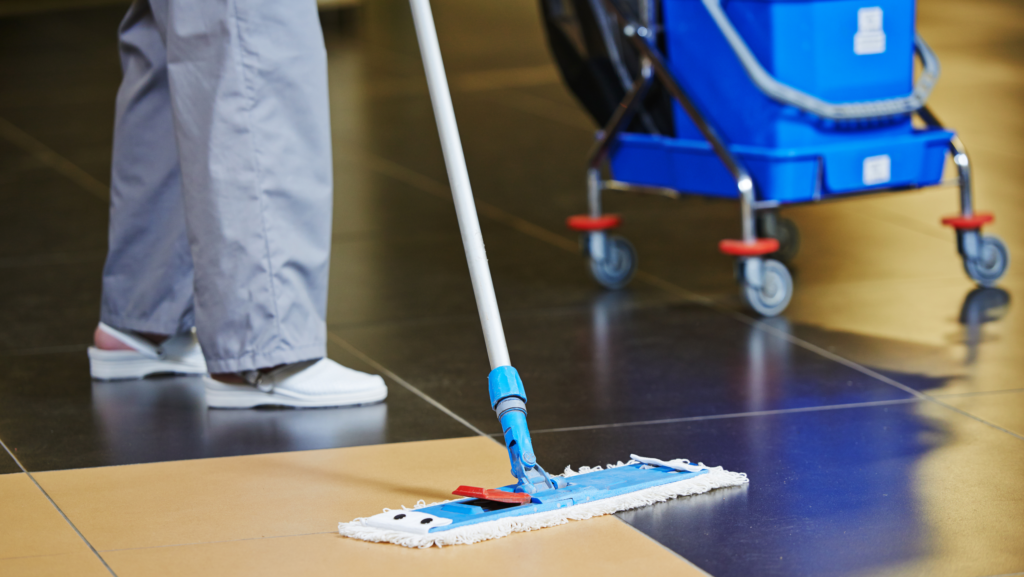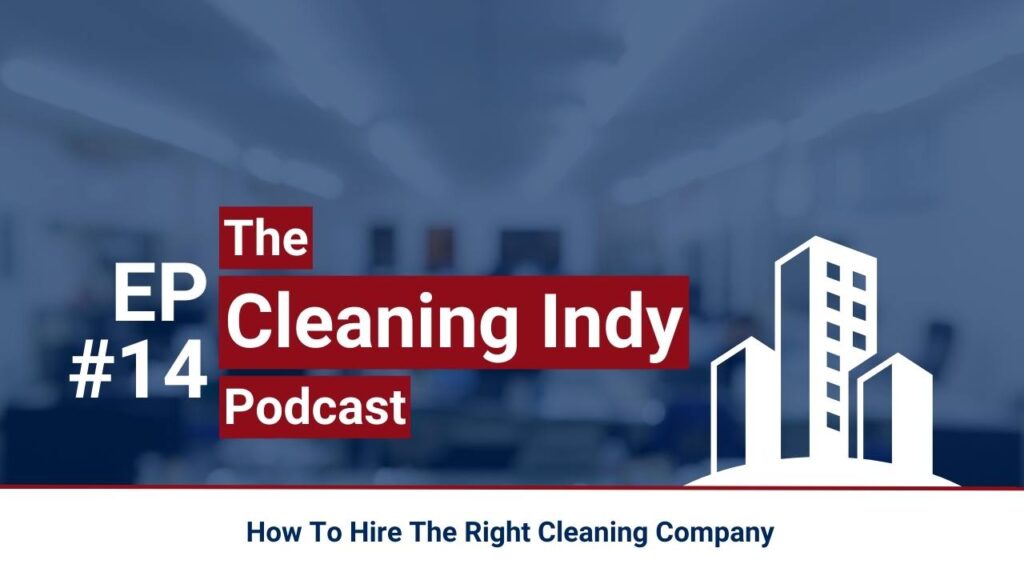Franklin, Indiana, pulsates with the energy of entrepreneurship. From quaint mom-and-pop shops on Main Street to dynamic industrial hubs bustling with activity, businesses of all sizes strive to climb the ladder of success. Yet, in the whirlwind pursuit of productivity and profit, one crucial element often gets overlooked: cleanliness. A tidy work environment isn’t simply about aesthetics; it’s a strategic investment in your business’s well-being. Studies have established a definite correlation between clean workplaces and enhanced employee performance, customer satisfaction, and ultimately, increased revenue. This blog post delves into the profound impact of commercial cleaning on business success in Franklin, Indiana, showcasing how American Facility Care (AFC) empowers businesses to thrive through meticulous sanitation. Cleanliness and Employee Productivity: A Symbiotic Relationship Imagine an office shrouded in a haze of dust, desks piled high with clutter, and floors sticky with forgotten coffee spills. Such an environment wouldn’t exactly spark inspiration, would it? Clutter can also elevate stress and anxiety, impacting employee morale and engagement. Conversely, a clean and organized workspace fosters a sense of calm and clarity, leading to improved concentration, motivation, and output. A study by the International Facility Management Association (IFMA) further adds weight to this claim, showcasing that businesses with well-maintained facilities saw a 16% increase in employee productivity. AFC’s comprehensive commercial cleaning services in Franklin ensure a hygienic and clutter-free workspace, allowing your employees to work at their optimal potential. From meticulous desk and surface cleaning to thorough floor care and restroom sanitation, AFC leaves no corner untouched, fostering a healthy and productive environment that empowers your team to excel and drive business growth. Imagine your employees in an office bathed in natural light, with gleaming surfaces and organized workspaces. Wouldn’t they feel more energized, focused, and ready to tackle challenges? Impressing Clients with Sparkling First Impressions In today’s hyper-competitive marketplace, first impressions matter like never before. A clean and professional office speaks volumes about your business’s attention to detail and commitment to excellence. Conversely, a dirty or unkempt space can create a negative perception, potentially deterring clients and impacting your brand reputation. American Facility Care understands the importance of creating a positive first impression for your clients. Our team of professional cleaners, equipped with cutting-edge cleaning technology and eco-friendly products, delivers immaculate results that impress visitors and reflect your brand’s professionalism. From sparkling reception areas to spotless conference rooms, AFC ensures your Franklin workplace projects an image of trustworthiness, competence, and success, paving the way for fruitful client interactions and lasting business partnerships. Imagine a potential client walking into your office, greeted by a pristine environment that exudes professionalism and efficiency. Wouldn’t it subconsciously reinforce their trust in your brand and increase the likelihood of a successful partnership? The Financial Advantages of a Clean Workplace Beyond the intangible benefits, a clean workplace also translates to tangible financial gains. Regular cleaning and maintenance help prevent the spread of germs and illnesses, reducing employee absenteeism and healthcare costs. Additionally, a well-maintained facility minimizes wear and tear on furniture and equipment, extending their lifespan and saving you money on replacements. AFC offers customized cleaning plans tailored to your Franklin business’s specific needs and budget. From daily janitorial services to specialized deep cleaning, we ensure your workplace stays pristine, preventing costly repairs and replacements, and maximizing the lifespan of your valuable assets. Think of it as an investment in your future. Regular cleaning is like preventative maintenance for your office, potentially saving you thousands of dollars down the line. Beyond Cleaning: Sustainability and Building a Responsible Brand In today’s environmentally conscious world, customers are increasingly looking for businesses that align with their values. AFC recognizes this and prioritizes sustainability in its cleaning practices. We utilize eco-friendly cleaning products and procedures, minimizing our environmental impact and contributing to a greener Franklin. By partnering with AFC, you demonstrate your commitment to sustainability, sending a positive message to customers and employees alike. This ethical alignment can enhance your brand image and attract clientele who value environmental responsibility. Remember, consumers choose brands that resonate with their values, and aligning yourself with eco-friendly practices can be a valuable differentiator in a competitive market. Investing in Your Franklin Business with AFC American Facility Care is more than just a cleaning company; we’re your partner in success. We believe that a clean and healthy workplace is the foundation for a thriving business. Our commitment to quality, customer service, and environmental sustainability makes us the leading choice for commercial cleaning in Franklin, Indiana. Here’s what sets AFC apart: Experienced and trained team: Our team of professional cleaners are experts in their field, equipped with the knowledge and skills to tackle any cleaning challenge. We prioritize ongoing training to ensure we stay up-to-date on the latest cleaning techniques and technology. Customized cleaning plans: We understand that every business has unique needs. That’s why we offer customized cleaning plans tailored to your specific requirements, budget, and schedule. Whether you need daily janitorial services, deep cleaning, or specialized cleaning for specific areas like kitchens or restrooms, we’ve got you covered. High-quality cleaning products and equipment: We use only the highest quality cleaning products and equipment to ensure a thorough and effective clean. We prioritize eco-friendly products that are safe for your employees and the environment. Open communication and exceptional customer service: We believe in clear communication and keeping you informed every step of the way. We’re always available to answer your questions and address your concerns. Ready to take the next step? Contact AFC today! We hope this blog post has helped you understand the significant impact of cleanliness on business success. By partnering with AFC, you can ensure that your Franklin workplace is a clean, healthy, and productive environment that fosters employee well-being, impresses clients, and ultimately contributes to your bottom line. Remember, a clean workplace is an investment in your future. Choose AFC and let us help you unlock the full potential of your Franklin business! Tom MooreTom Moore has been a part of the commercial cleaning and

